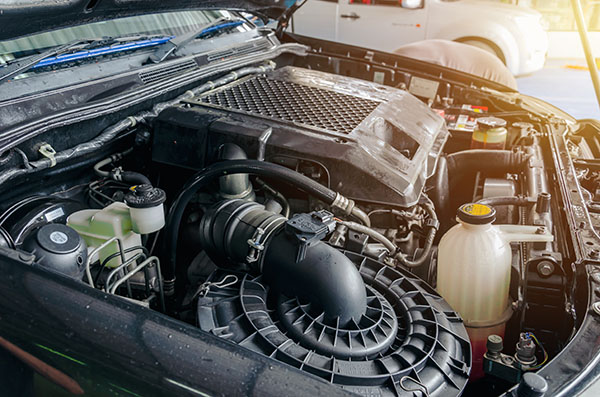
We've all felt that sinking feeling as the temperature gauge creeps up, threatening to push into the red. It's more than just a gauge going high; it's a clear warning that your vehicle's cooling system is faltering, putting your engine at risk of overheating. That needle edging into dangerous territory can spell out roadside headaches, costly repairs, or even a full-on engine meltdown. But fear not! Keeping your car's cooling system in check isn't rocket science – it's straightforward with the right know-how.
A Breakdown Of Your Vehicle's Cooling System
Your vehicle's cooling system is like a silent sentinel, working tirelessly behind the scenes to maintain an optimal operating temperature for your engine. Neglecting this vital component can lead to decreased performance, efficiency losses, and, in severe cases, catastrophic engine failure. So what can you do to keep this component performing at its best?
Regular Coolant Check-ups
Coolant isn't just 'engine antifreeze'; it's a thermal conductor that absorbs heat from the engine and dispels it through the radiator. Over time, coolant breaks down and loses its effectiveness – not to mention it can become contaminated. At least twice a year (before summer and winter), check its level and condition. If it looks murky or is low, it may be time for a change or top-up.
Thermostat Thoroughness
That little device called a thermostat plays a pivotal role in regulating your engine's temperature. A faulty thermostat can either cause your car to overheat or make it run too cold (which is also bad for efficiency). To keep things running smoothly, have it inspected with every coolant change.
Check the Radiator and Hoses
Think of your radiator and hoses as the veins and arteries of your cooling system – they need to be free from blockages and leaks to function correctly. Regularly inspect hoses for signs of wear such as cracks or bulges, and ensure hose clamps are tight enough to prevent leaks. As for the radiator, keep an eye out for any corrosion or damage.
Don't Forget the Water Pump
The water pump is the heart of the cooling system; circulating coolant throughout. A weeping water pump can signal an imminent failure; so don't ignore any leaks or whining noises coming from that area.
FAQs About Vehicle Cooling Systems Maintenance
Q1: How often should I replace my vehicle's coolant?
Typically, most manufacturers recommend changing coolant every 30,000 miles or every 2-3 years. However, always refer to your vehicle's owner manual for specific guidance.
Q2: Can I use water instead of coolant in my vehicle's radiator?
While water has good heat transfer properties, coolants also contain additives that prevent freezing, boiling over, and corrosion – which plain water cannot offer – making pure water alone unsuitable for modern engines.
Q3: What are some signs that my cooling system might be failing?
Warning signs include rising engine temperatures (indicated on your dashboard), noticeable leaks under your car where you park (which could indicate a hose problem or leaky radiator), steam coming from under the hood, indicating an overheated engine due to lack of proper cooling circulation.
For all your cooling system maintenance and repairs, schedule an appointment with the pros from Accomplished Auto, and you won't regret it!